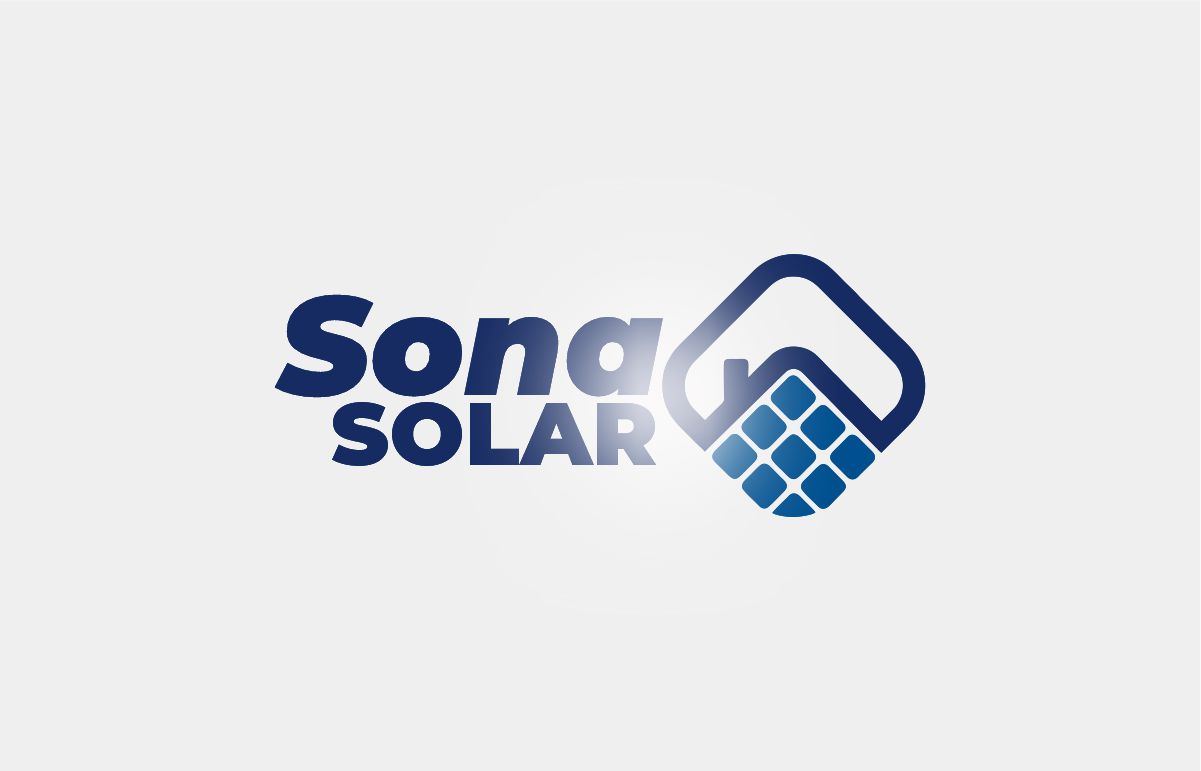Solar power systems capture the sun's energy and convert it into usable electricity. This process involves several components, with the inverter playing a crucial role.
Why Inverters Matter
Solar panels generate Direct Current (DC) electricity. However, most appliances in our homes and businesses run on Alternating Current (AC). Inverters bridge this gap by transforming the DC output from the panels into usable AC power. Without inverters, your solar system wouldn't be able to deliver the electricity you need.Maximizing Power with MPP
Solar panel efficiency isn't constant. It's affected by factors like sunlight intensity and temperature. Here's where MPPT comes in.Imagine a Balancing Act:
Think of a garden hose. The water flow (power) depends on the hose's opening size. Closing the opening too much restricts the flow (reducing power), while leaving it wide open reduces the water's reach (again, less power). |
| What Is MPPT In Solar Inverter - How Solar Inverters Maximize Power Output! |
Finding the Sweet Spot:
MPPT constantly monitors the voltage and current output of your solar panels. It then adjusts the inverter's resistance to maintain the ideal operating point (the "sweet spot") for maximum power generation. This ensures your system extracts the most power possible from the available sunlight, regardless of weather conditions.Benefits of MPPT:
- Increased Efficiency: Compared to inverters without MPPT, MPPT can boost power output by up to 30%.
- Improved Performance: MPPT helps your system perform better under varying sunlight conditions, including cloudy days.
- Smarter System: MPPT constantly optimizes your system's performance, ensuring you get the most out of your solar investment.
Single vs. Dual MPPT Inverters:
Solar systems can have one or more strings (groups) of panels. If you have a single string facing south, a single MPPT inverter might suffice. However, for multiple strings facing different directions or experiencing partial shade, a dual MPPT inverter is recommended. This allows each string to operate at its optimal point, maximizing overall power generation.MPPT is a valuable feature in solar inverters. By constantly tracking and adjusting for optimal power output, MPPT ensures your solar system delivers the most electricity possible, maximizing your return on investment and your contribution to a cleaner planet.
Common Questions and Popular Searches
Explore Answers To Frequent Questions And Discover Resources For Your Solar Journey:
1kVA Inverter Load Guide
Load guide for small households.
2kVA System Load Capacity
Powering essentials in medium homes.
3kVA System Panel Count
Understand solar array sizing.
3kVA Inverter Load Guide
Appliance guide for a typical household.
Best 3kVA Inverter Brand
Compare reliability and warranties.
3kVA Appliance Load Guide
Understand simultaneous load capacity.
3kVA Powering Motor Loads
Guidance on handling motor loads.
Choosing the Right Inverter
Matching inverters to your specific load.
Match Panels to Inverter
Tips for optimal system performance.
3.5kVA Inverter Load Guide
Explore residential setup capabilities.
Best Solar Panels Zimbabwe
Analysis of performance and durability.
Solar Companies Zimbabwe
Customer service and reliability.
Best Solar Panel Brands
Guide for home and business solutions.
Solar Installers Zimbabwe
Professional and certified installers.
3kVA System Cost Guide
Get pricing information for Zimbabwe.
5kVA System Cost Guide
Budget requirements for systems.
Contact Our Sales Team:

Sona Solar Zimbabwe
Address:
7 Frank Johnson Avenue, Eastlea, Harare, Zimbabwe.
Call/WhatsApp:
Sales:
+263 78 293 3586
Sales:
+263 78 922 2847
Operations:
+263 78 864 2437
Email:
sonasolarzw@gmail.com
Website:
www.sonasolar.co.zw

Borehole Experts Zimbabwe
Address:
7 Frank Johnson Avenue, Eastlea, Harare, Zimbabwe.
Call/WhatsApp:
Sales:
+263 77 389 8979
Sales:
+263 71 500 3777
Operations:
+263 71 918 7878
Email:
boreholeexpertszw@gmail.com
Website:
www.boreholeexperts.co.zw

Follow Our Social Media Icons
TikTok Pinterest YouTube Telegram WhatsApp